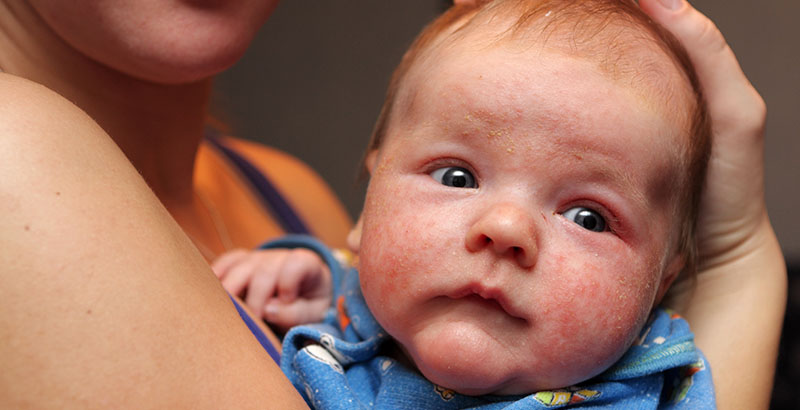Photo Credit: Klubovy / iStockPhoto.com
Why Do We Cry?
Tears are a funny thing. most of the time we can pinpoint the reason why there are tears streaming down our faces — a sad movie, physical pain, a family member or friend hurting our feelings. But sometimes the tears come for reasons unbeknownst to us — so what does that mean?
The Three Types of Tears
Technically, we are constantly “crying.”
Tear glands (also known as the lacrimal glands) produce a protein-rich, antibacterial fluid. When we blink, this fluid lubricates the entire eye.
Due to this mechanism, our bodies actually produce 10 ounces of tears per day and 30 gallons of tears per year!
Sleep paralysis is a sleep disorder. Someone with the condition will suddenly wake from a deep sleep while being unable to move any parts of their body.
What we associate with “crying” is when there is excess tear production — so it is helpful to know that there are three types of tears:
- Basal tears – these are the tears we just described. They are the tears that are always in our eyes that lubricate and protect them.
- Reflex tears – these are “protection” tears, meaning they are produced when our eyes are exposed to an irritant, such as smoke, onions, or wind.
- Emotion tears – these are produced by strong emotions. These tears actually contain ACTH and enkephalin, which are endorphins and painkillers, respectively.
Why Do Women Cry More Than Men?
According to a 1980s study, the average woman cries 5.3 times month, with the average man crying 1.3 times per month.
Although it’s been many years since that study, a 2011 study found that these averages are still accurate. For the purpose of these studies, crying was defined as moist eyes to sobbing.
It is thought that higher levels of testosterone may inhibit crying, whereas higher levels of prolactin may promote crying. Higher levels of testosterone can be found in men, while higher levels of prolactin are found in women. In addition, women have much smaller tear glands than men, so tears are excreted more easily.
So, Why Do We Cry?
Now that we understand the different types of tears and the gender differences between crying, we can understand that despite those facts, there are other reasons for crying:
- Communication/survival mechanism. We learn to cry in infancy to convey that we are hungry, thirsty, cold, hot, or uncomfortable. Some people still use crying to convey a message in adulthood, even if they do not realize they are doing it. This type of cry signals that there is an emotion that needs to be addressed, such as frustration.
- Emotional response/survival mechanism. This type of cry could be from a positive emotion (such as someone giving you a heartfelt gift) or a negative emotion (such as the death of a family member).
- In response to a thing of beauty. This type of cry is termed by Stephen Sideroff as “melting” because we are letting our guard and defenses down.
- Biochemical purpose. Crying is believed to release stress hormones and toxins from the body.
- Social function. Crying may be used as a way to gain support from family or friends. It can be used manipulatively in this function.
When we cry for an unknown reason, it is probably for one of the reasons listed above.
How NOT to Cry
Sometimes we feel better after a good cry. Other times, such as a friend telling us that they have cancer, it is best to hold the tears in.
But sometimes it can be hard to hold the tears in. If you’re in a similar situation, try to postpone the cry — but don’t suppress it completely. Find a different place to cry.
One of the best things to do is to distract yourself temporarily, such as by watching a funny video, reading a book or magazine, or watching a television show.







